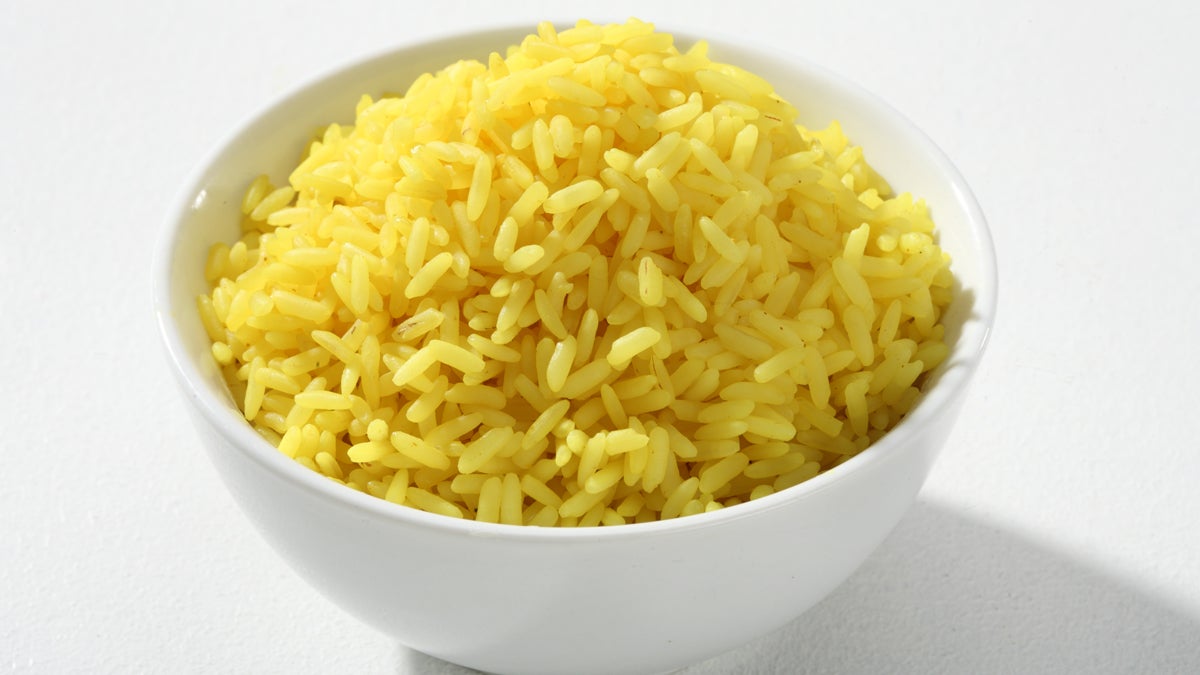Why I’m pro GMO
Listen
(Shutterstock photo)
GMOs aren’t the Frankensteinian monsters they’ve been accused of being. In fact, they may be crucial to feeding the skyrocketing world population.
This commentary was submitted by Rebecca Rupp, blogger for National Geographic’s The Plate and author of How Carrots Won the Trojan War: Curious (but true) Stories of Common Vegetables. Read her blog posting which inspired this commentary by clicking here.
We all know that there are topics to avoid at dinner parties. Politics, religion, and money, for example, can quickly turn a fun evening into a screaming match. Nowadays, another of these touchy subjects is GMOs—genetically modified organisms. Impassioned rhetoric between pro-GMO and anti-GMO camps brings to mind the Hatfields and the McCoys.
Especially when it relates to food.
Well, from my side of the table, I’m here to say that GMOs aren’t the Frankensteinian monsters that they’ve been accused of being. In fact, they soon may be crucial to feeding—and curing—the skyrocketing world population.
Take, for example, Golden Rice, in which a couple of genes from daffodils and one from a bacterium have been added to the rice genome, allowing it to make beta-carotene—the stuff that makes carrots orange, a building block of Vitamin A. Vitamin A deficiency worldwide causes over a million deaths a year, and half a million cases of blindness. Golden Rice is an easy dietary fix to this problem, if we’d let it get off the ground.
But to a lot of people, GMOs sound freaky. Unlike traditional hybrids, they’re transgenic, cobbled together with genetic material from sometimes widely disparate organisms. Jellyfish genes in potatoes cause the plants to glow when thirsty, which helps conserve water. Rat genes boost the Vitamin C content of lettuce by 700 percent. Fish genes make tomatoes resistant to cold.
GM crops could eventually include fruits and vegetables that carry vaccines. We may be able to prevent cholera and hepatitis B, for example, simply by eating bananas. Others could carry genes that allow them to grow in poor soil or during droughts; or genes that fend off pests and diseases, as in the GM papayas now immune to the fatal ring spot virus that nearly destroyed Hawaii’s papaya groves.
This isn’t to say there aren’t worries about GMOs, but all new technologies have potential dangers. GM crops, like everything from antibiotics to the cell phone, need oversight and testing.
But the vast bulk of reputable evidence shows that GM food is safe, and that GM crops are productive and able to grow in places where non-GM crops turn up their toes and die. I think it’s important to remember that genetic modification is not solely the purview of giant corporations. There are concerned researchers out there who are trying to solve global problems.
Right now, worldwide, over 800 million people are hungry, and by 2050, we’re going to have nine billion people to feed.
GM crops can help. So, let’s not throw the baby out with the bath water.
WHYY is your source for fact-based, in-depth journalism and information. As a nonprofit organization, we rely on financial support from readers like you. Please give today.



